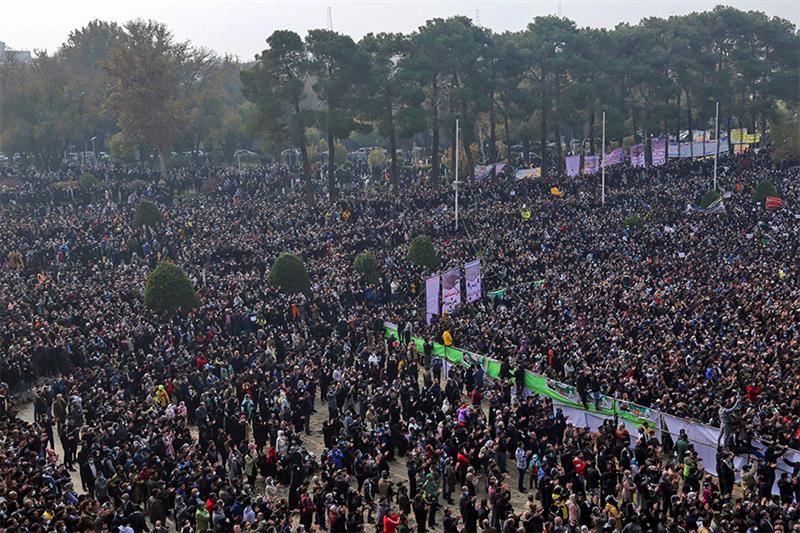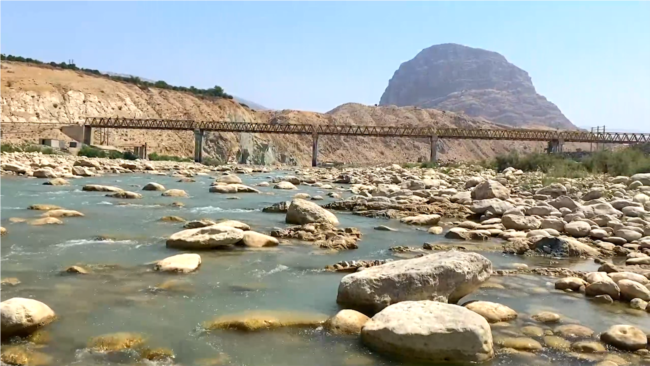
San Francisco, Calif., is seen beyond the Golden Gate Bridge on March 16, 2020.
Nov. 19 (UPI) -- Nurses and mental health employees by the thousands are expected to participate in a sympathy strike in the San Francisco Bay Area on Friday to support protesting engineers at Kaiser Permanente facilities.
About 20,000 members of the National Union of Healthcare Workers at medical centers in San Jose, Fremont and Oakland are expected to join engineers with a rally at Kaiser headquarters in Oakland.
"Nurses know the devastating impact that short-staffing has on our community's health and well-being," CNA President Cathy Kennedy, a registered nurse at Kaiser in Roseville, said according to the San Jose Mercury News.
"We also know that in order to provide the safe patient care our communities need and deserve, we must be able to count on our coworkers and they must be able to count on us. So we are standing with the Kaiser engineers in their righteous fight for a safe and just workplace."
RELATED Kaiser strikes deal with pharmacists union to avert labor strike
Engineers, who saw their contract expire on Sept. 17, had been striking for wages comparable to other engineers in Northern California. The striking Local 39 IUOE represents about 600 operating engineers with Kaiser.
"All of those engineers, their [hourly] wages are all within about a nickel of each other and Kaiser has us better than $1 out the first year, better than $3 out the second year and $6 out the third year," Walter Thiel, a striking stationary engineer, told KCRA-TV.
Kaiser has called the wage demands "unreasonable" and beyond what other unions have asked for.
"Unfortunately, after many hours bargaining on Tuesday and Wednesday, there is no movement in negotiations with Local 39," Kaiser said, according to KCRA-TV. "The union insists it receives much more -- in some cases nearly two times more -- than other union agreements covering Kaiser Permanente employees."





















